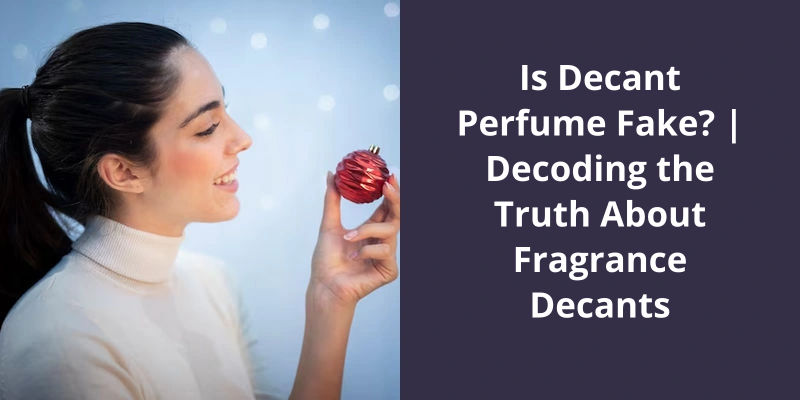Top notes are the first scent you smell when you apply your perfume or cologne. They are highly volatile and evaporate quickly, often within 15 minutes to 2 hours. Common examples of top notes include citrus scents like lemon, orange and grapefruit, light fruity scents like apple and berries, and herbs such as mint, lavender, and coriander. Other top notes can be spicy, like cinnamon, or fresh, like eucalyptus. These scents provide the initial burst of fragrance but evaporate fairly quickly, giving way to the perfume’s middle notes.

What Does the Top Note Represent?
The top notes of a fragrance are the initial scents that you smell when you first apply the perfume. They’re often described as the “lighter” notes and are known for their freshness and vibrancy. These top notes are usually the most fleeting, meaning they evaporate more quickly than the other notes in the fragrance.
The purpose of the top notes is to capture your attention and create a memorable first impression. They act as an inviting introduction to the fragrance, enticing you to explore more of it’s complexity. These top notes can range from citrusy and fruity scents to herbal and green aromas. Some common examples of top notes include lemon, bergamot, grapefruit, and mint.
After the top notes have evaporated, the mid notes, also known as the heart notes, start to reveal themselves. These mid notes serve as a bridge between the top and base notes, creating a harmonious blend. They add depth and complexity to the fragrance, enhancing it’s overall character. The mid notes are usually more rounded and have a longer-lasting effect compared to the top notes.
In contrast to the top and mid notes, the base notes are the final scents that linger on the skin for an extended period. They’re the heaviest and most long-lasting notes in a fragrance. The base notes add richness, warmth, and stability to the overall composition. Common base notes include amber, vanilla, musk, and sandalwood.
How Are Top Notes Extracted From Natural Ingredients?
In the process of extracting top notes from natural ingredients, several techniques are used to capture the aromatic compounds responsible for the fragrance. The most common method involves steam distillation, where the plant material is exposed to hot steam, causing the essential oils to vaporize. The steam and volatile oils are then condensed, resulting in a liquid mixture. This mixture is separated, and the top layer, containing the lighter and more volatile components, is collected as the top notes. Other extraction methods like cold-pressing or solvent extraction may also be employed depending on the particular ingredient. Through these techniques, the essence of the natural ingredients is captured, and these top notes form the initial impression and the most volatile part of a fragrance.
Conclusion
These scents, such as citrus elements, light fruits, and fresh herbs, serve as the enticing gateway into the world of a perfume or cologne. They’re responsible for luring us in and sparking our interest, making us want to delve deeper into the olfactory experience. So, next time you spritz on a new fragrance, take a moment to appreciate the beauty and allure of the top notes that are captivating your senses.





